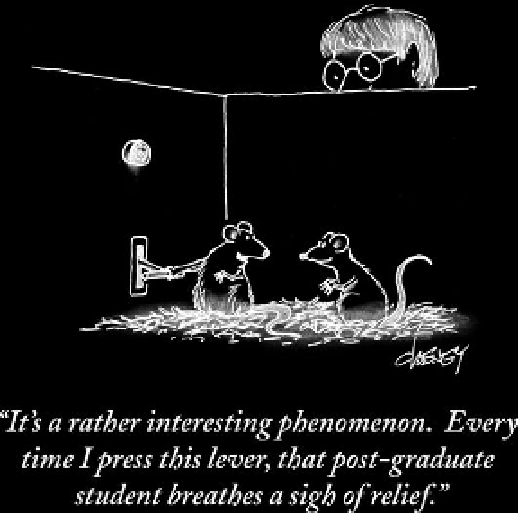Information Technology Reference
In-Depth Information
Imagine a native English speaker who knows no Chinese locked in a room full
of boxes of Chinese symbols (a data base) together with a topic of instructions
for manipulating the symbols (the program). Imagine that people outside the
room send in other Chinese symbols which, unknown to the person in the
room, are questions in Chinese (the input). And imagine that by following
the instructions in the program the man in the room is able to pass out
Chinese symbols which are the correct answers to the questions (the output).
The program enables the person in the room to pass the Turing Test for
understanding Chinese but he does not understand a word of Chinese.
15
Searle first introduced his argument in 1980, and it has generated an enormous
number of responses, rebuttals, and counterrebuttals ever since. In a 2011 arti-
cle, written after Watson's victory on
Jeopardy!
Searle restates his case and con-
cludes, “Watson did not understand the questions, nor its answers, nor that
some of its answers were right and some wrong, nor that it was playing a game,
nor that it won - because it doesn't understand anything.”
16
Key concepts
Bayesian network
Bayesian inference
Posterior beliefs
Casual reasoning
Human body tracking
Universal grammar
Statistical language translation
Strong AI
Chinese room

Search WWH ::

Custom Search